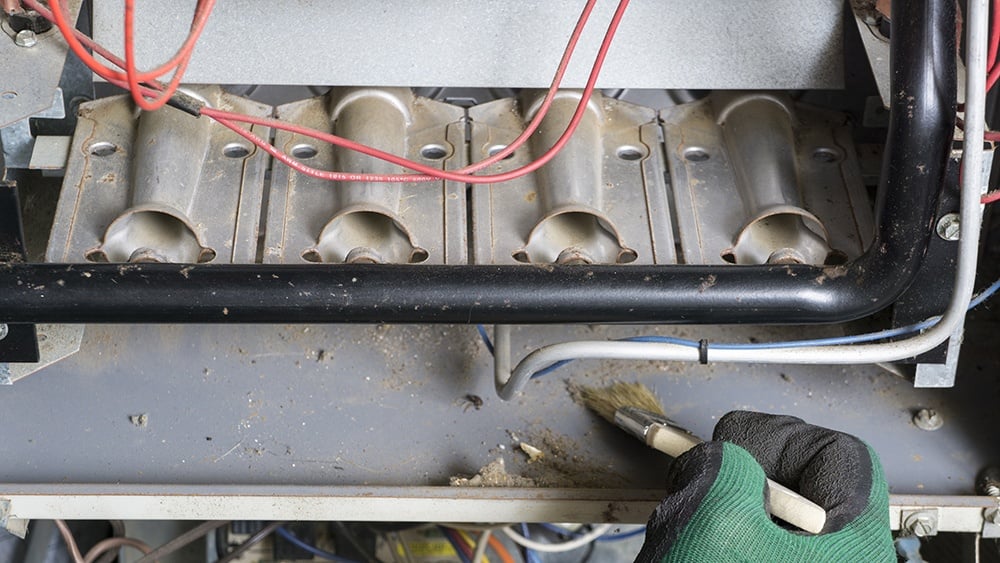
Winter is coming. It's time to ensure that your family is warm while keeping the energy bill as even as possible. Check out Warner Service's warning signs that your home's HVAC system is about to break:
You hear a strange sound. Your home's heat pump might make a trumpeting or hissing sound from the compressor motor when you shut it down, indicating a leaky internal refrigerant valve. Rattling sounds are the most concerning for HVAC system components, indicating a loose piece of hardware in the motor system or a failing motor.
If you hear a banging noise, shut off the appliance immediately. A large component needs to be inspected by an expert and replaced before the heating problem becomes fatal for the entire system. For more sounds to look out for, visit Warner's How To Properly Diagnose Your Heating Problem.
Your home's furnace is sized wrong. The average homeowner wouldn't recognize that the furnace is too small or large to heat your home. This means that most people use it as is, which can cause serious heating problems.
A furnace that's too big for your home isn't able to properly remove humidity because it's constantly turning on and off. A unit that's too small is unable to circulate the necessary air. Either scenario causes uneven home heating, which you can fix by visiting looking into what's causing uneven home heating.
You suspect leaky air ductwork. This is a virtually invisible problem, but it can cost you a lot if it's not resolved. Check for leaks by walking alongside the air ductwork in your home's attic, feeling for blowing air. If you find a leak, seal it for higher energy efficiency, even heating, better indoor air quality, and "backdraft" protection.
HVAC System Tip: Put a lit stick of incense near the ducts. If the smoke moves, a leak is present. This can cause your heating system to completely falter, so call a professional about a heating solution as soon as possible.
You smell mold. Moisture buildup in your home's furnace is the result of poor insulation or inadequate air ductwork, creating the ideal environment for mold and mildew growth. These allergens and pathogens can make your family sick and cost you a lot in high energy bills.
If you smell something off, hire an HVAC professional to take a look and clean your HVAC system if necessary. For more of the most common heating problems in your home, check out the 10 most common heating problems in homes.
The pilot light isn't blue. If the furnace or gas heater's pilot light is yellow, the air intake valve to the pilot light is clogged with dirt. When this happens, air is blocked to the flame, and it suffers from incomplete combustion, causing the yellow color.
A yellow pilot light frequently needs to be relit because yellow flames don't burn as hot as blue flames. Because of this, the yellow flame won't adequately heat up the thermocouple, and the gas supply to the pilot light will shut off. This could mean the HVAC system is on its way out.
Another issue is that a yellow pilot light allows carbon monoxide to negatively affect indoor air quality because carbon monoxide isn't completely burned by the lazy flame, allowing excess gas to escape. Because carbon monoxide is an odorless, colorless toxic gas, it can seriously impact your family's health without you even noticing.
To prevent all of this, contact a professional to clean the furnace or gas heater's air intake valve. It's best to leave ignition issues to the experts, and check out When To Call The Experts About Your Heating Problem for more warning signs.


